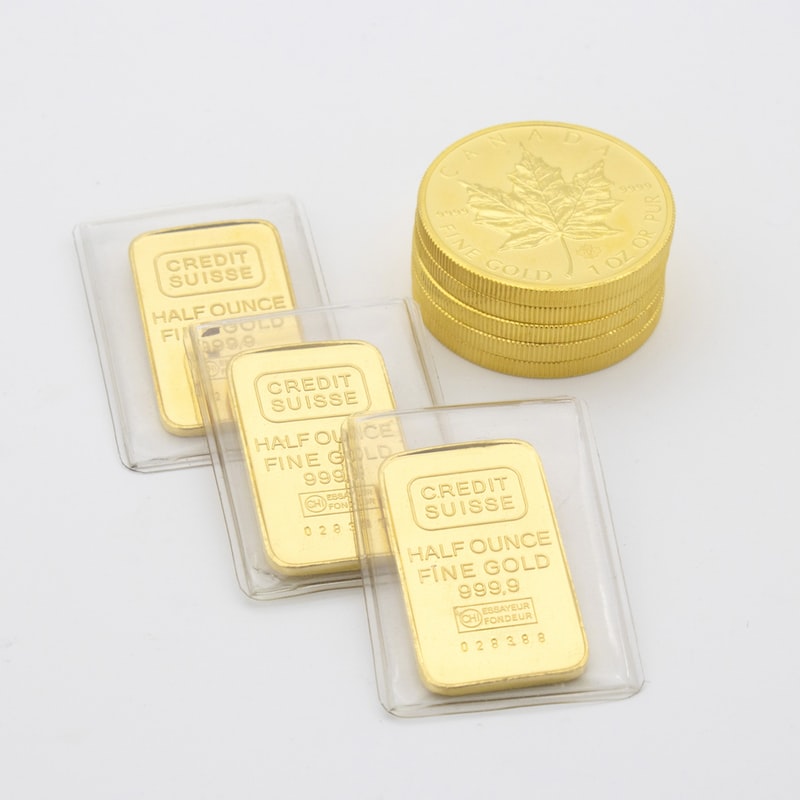Before the First World War, there was a so-called “gold standard”, ie Gold has all the features of money, and paper money in fact was his representatives and freely exchanged for gold, according to the their official gold content and the difficulty of establishing the exchange rate does not arise.
They were based on a gold parity. The mechanism of gold points could devastate only under conditions of free sale of gold at a fixed price and with no restrictions on its export.
This is in full prior to the First World War. “Golden Age” (1870-1914) was a period “of free capitalism, which is history, and yet he was accompanied by a fixed rate of exchange.
Arose during the First World War, inflation has made it impossible to maintain razmena exchange for gold and led to the collapse of the “gold standard”. In the short time it was revived in 1920-ies. modified, urezannom form. The world economic crisis of 1929-1933 biennium. and it led to the collapse.
Thus, in 1931, Britain was forced to cancel the “anchor” the pound sterling to gold. A period of devaluations, periodic adjustments to the parities of currencies, strengthening foreign exchange controls and import restrictions.
Bretton Woods monetary system, established in 1944. was designed to combine the hardness inherent in the gold standard and flexibility, differentiating system oscillating courses.
There was an official gold content of the national currencies of participating countries, and through it to identify each other parities of currencies. However, the obligation to exchange paper money for gold were recorded, so the mechanism of gold points ceased to operate.
But the participating countries Bretton Woods agreement had decided not to reject the exchange rate parity of the value of + _ 1%. Automatic alignment of the balance of payments should have been done by changing income and prices in response to changes in foreign exchange reserves. Only in the case of a “fundamental imbalance” was to change parity.
However, in 60 years became apparent weakness of this system, a tendency to accelerate the pace of inflation. Increased inflation and increasing differences in the rate led to a periodic review of parity.
Although the Bretton Woods system and is considered an example of solid fixed-rate for the period from 1948 to 1967. currencies have changed 109 countries.
The average depreciation rate was 48.2%. At least 48 countries carried out for two and a devaluation of their currencies. In accordance with the Bretton Woods agreement, the United States to guarantee the exchange of its currency to gold at a fixed rate, but to bring dollars to the amount could only central bank of another country.
In addition, it is seen as a “God” to the U.S. action and has very rarely.
However, French President de Gaulle S. manner successfully added to gold reserve in France. In 60 years, and inflation has swept the United States. The market price of gold has become more than a fixed and the United States could not be artificially maintained. August 15, 1971, U.S.
President Robert Nixon by one stroke of the pen existing between gold and the dollar link and the U.S. currency lost its support.
In December of 1971. it was decided that the devaluation of the dollar (the first post-war preiod, but not the last). Since March 1973. regime of floating exchange rates is predominant. The main exception is the treatment rate in the European monetary system. Officially, the new exchange order, including a shift to floating rates, has been formalized agreements reached at the conference in g.Kingstone (Jamaica).
New IMF Charter does not imply a rate of attachment to gold, which excludes a fixed ratio between the currencies based on gold parity. It replaced the Bretton Woods monetary system has Jamaica (1976).
But Jamaica does not preclude a system of agreements on fixed rates in the “modified” form, as provided for that country – a member of the IMF may wish to choose as a criterion for determining the parity of its currency or SDRs, or any currency or currency basket.
That benefited the European countries, established in 1979. Highest European monetary system.

